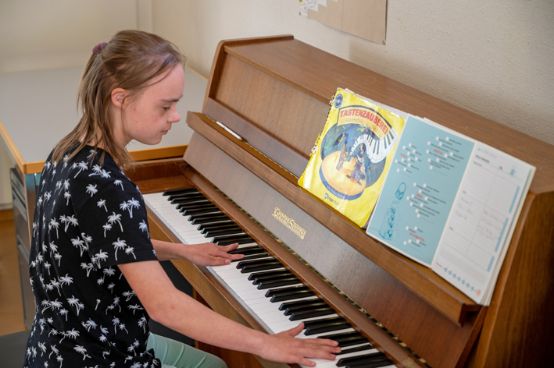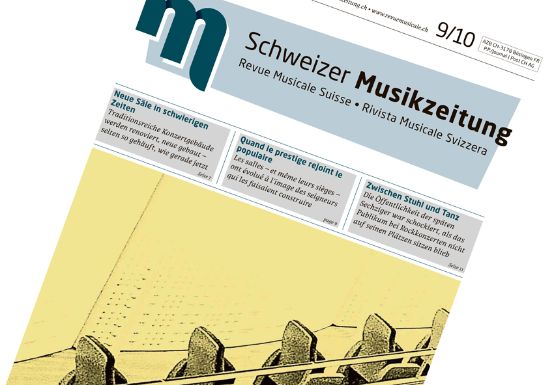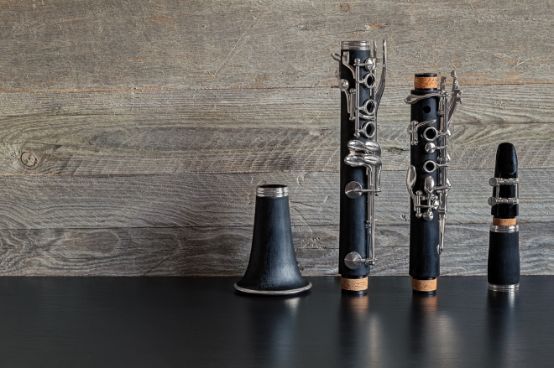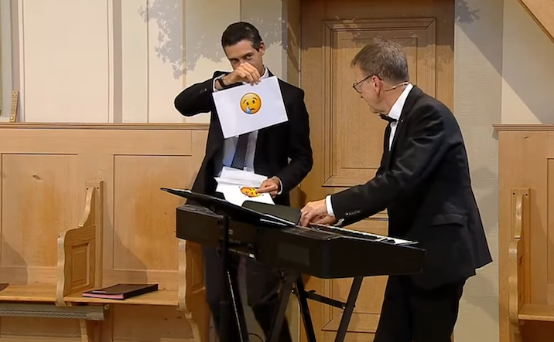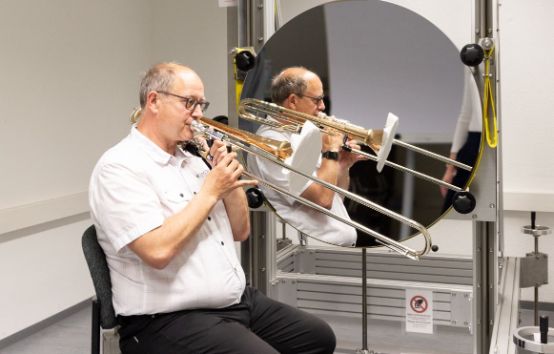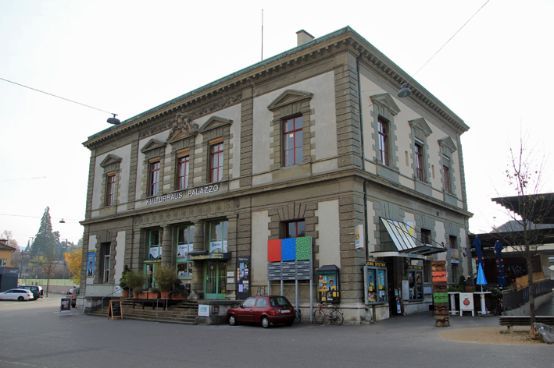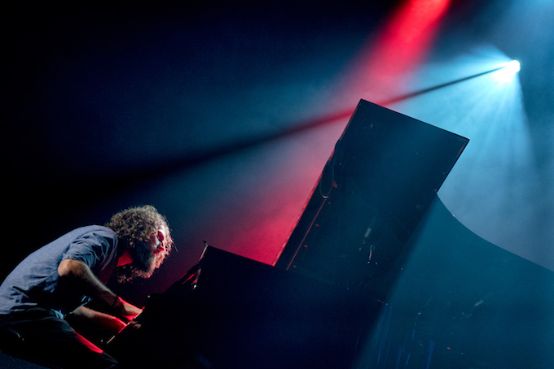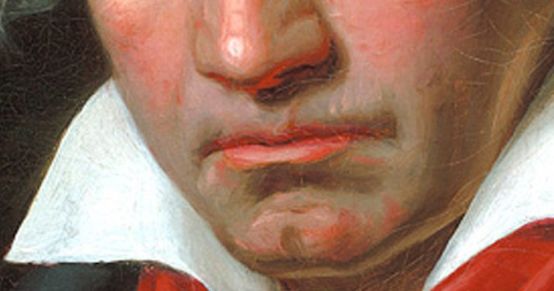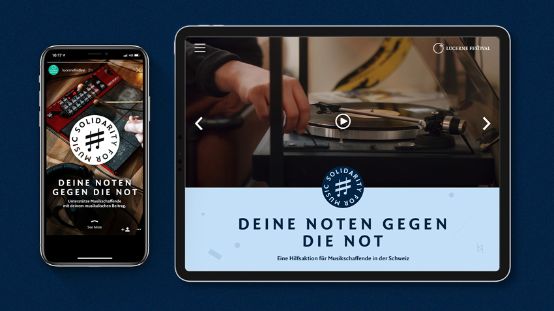Heini, you recently told me about a project that is keeping you very busy as part of your professorship. What is it about?
"Clarinet Didactics"provides didactic knowledge about the basic technique of clarinet playing on a Wikipedia platform. The sources I use for this are interviews with renowned professors from Switzerland, Germany, Austria, France and the USA, historical and current teaching works and selected articles from the Internet. The wiki is accessible online to all interested parties and aims to provide solutions for teaching, studying and performance. The project was commissioned by the Competence Center for Research in Music Education at the HSLU - Music.
The site is already online. The topics covered are extensive and complex. Were you able to set your own priorities in the selection or were there certain guidelines?
The topics in the Wiki follow the parameters of basic technique such as embouchure, articulation, breathing, etc. When compiling the work, I oriented myself on the current teaching literature, but also included the "méthodes" and "instructions" of the 18th and 19th centuries. The historical aspect became more important in the course of the work. What was most fascinating was the exchange and the spontaneous willingness of the interviewees to participate in this project.
Who were these interviewees?
They are renowned musicians who usually teach at universities or French conservatoires. They work with students, but also with beginners and intermediate level pupils. All in all, I was able to26 Interviews with roughly equal consideration of the German, French and American language areas.
Dealing with different, perhaps even contradictory doctrines certainly requires a great deal of differentiation. How did you deal with this?
Many didactic approaches are very close to each other, but are formulated differently. This is where I see the benefit of this project: it aims to provide the broadest possible didactic and methodological vocabulary for teaching. During the interviews, there were always moments on the topics of articulation and breathing that would have been ideal starting points for discussions. However, I always deliberately held back, as the aim was to record and pass on the teaching opinions of my interview partners.
What brought you to Robert Marcellus in the USA as a student and did you already notice differences in the doctrines compared to Europe?
I needed further coaching for auditions after my studies. The legendary recording of the Mozart Clarinet Concerto by Robert Marcellus with the Cleveland Orchestra under George Szell led me to North-Western University in Evanston. After these additional lessons, a few weeks later I successfully auditioned for the position at the opera in Zurich. What particularly fascinated me in Marcellus' lessons - he was already blind at the time - was that he was able to give me precise instructions on how I could achieve tonal improvements with certain changes in the embouchure and shaping of the oral cavity.
Can you give an example of a didactic approach that you have researched?
The attachment shaping. I would like to expand on this a little: Last year, while working on "Clarinet Didactics", I focused on the old French school. Its typical feature was the double-lip embouchure: the upper lip, not the teeth, touches the mouthpiece. The dedicatee of the Debussy Rhapsody, Prosper Mimart, played and taught this technique, and Gaston Hamelin, his pupil, also played the first recording in 1931 with a double-lip embouchure. He was one of the teachers from France who taught this technique in the USA at the beginning of the 20th century. I wanted to continue along this line. So I was able to conduct an interview with John Moses, whose teacher, Joe Allard, had been a pupil of Hamelin. Most of the other interviewees had lessons with Daniel Bonade. He also studied in Paris with Prosper Mimart. Bonade came to Philadelphia around 1916. In the course of his career, he changed his embouchure technique to the "normal" embouchure. Many of the renowned clarinettists in the major orchestras in the USA were students of Bonade, so that he is regarded as one of the founders of the American School. On a trip to Paris around 1950, he was very surprised by the style there and could not believe that the French School in Paris had developed so differently in terms of sound. There was a clear break there, a change to a simpler approach, probably in the 1940s. The Méthode by Eugène Gay (1932) still leaves open which of the two approaches should be used.
The double lip attachment changes the inner shape of the oral cavity, the soft palate rises and the tongue rolls slightly upwards, the floor of the mouth stretches downwards. This results in a favorable constellation for sound production.
Are there any findings that have amazed you?
It is astonishing that the double lip embouchure is still practiced in the USA today, less in concert practice, but often as a means of tone formation. The basis of embouchure formation can thus be controlled and strengthened again and again. Transferring these constellations to the normal embouchure is a method that is still practiced in the USA. I also knew this from my teacher Hans-Rudolf Stalder, who was a student of Louis Cahuzac, who in turn studied with Cyrille Rose (Rose belonged to the generation before Prosper Mimart).
Did your research reveal any differences between the French and German clarinet systems?
Stephanie Angloher investigated this question, particularly with regard to sound, in her extensive study (2007). There were some remarkable parallels in French, German and American interviews with regard to breathing technique and vocalization, i.e. the shaping of the inside of the mouth. I was amazed that the "new" and "old" French schools differ significantly in terms of sound, as two recordings show: Prosper Mimart ca. 1920, Schubert, The shepherd on the rockand Ulysses Delécluse 1952, Louis Cahuzac, Fantaisie sur un vieil air champêtre. This difference is clearly greater than that which can be perceived today between the German and French systems.
Do you have an explanation for why vibrato on the clarinet has hardly been able to establish itself in so-called "serious music"? It is used on all other woodwind instruments, even on the saxophone, which is also only played with a simple reed.
That's a good question! Steve Hartman, principal clarinettist in the New York City Ballet Orchestra, said ironically that Interpol would be called in immediately if he played with vibrato. According to Richard Mühlfeld, he used this means of expression and, as the above-mentioned recordings show, playing with vibrato was a matter of course in many places until around 1955. From around 1970 onwards, vibrato fell out of fashion; it seems to have gone hand in hand with the changing sound ideal from a lighter to a darker, today almost internationally standardized sound. But this is not a research result, just a subjective observation. Many of the interviewees play with more or less subtle vibrato, e.g. Richard Stoltzman or John Moses. The latter is stylistically very accomplished.
How far has the project progressed?
The interviews are all transcribed and available on the wiki, as are summaries of selected "methods", "instructions" and teaching materials. In the large category "Basic technique", the collected knowledge is bundled and shown where teaching opinions correspond, complement or contradict each other. This is the current task, including the incorporation of links to the sources. At the same time, the texts are supplemented with suitable image, sound and video files.
This work should be completed by the end of September and the entire project by the end of 2020. Originally only two years were planned, after which I was given the opportunity to extend the project twice. I am very grateful to the head of research, Marc-Antoine Camp, for this. I wanted to take the opportunity to shed more light on the hidden processes that take place internally when playing the clarinet, as with any wind instrument. In other words, topics that are rarely dealt with in the teaching literature. As much is notated in musical notation, there are many different possibilities for implementation. The detailed work always takes place in contact lessons, and the interviews seem to me to be a suitable format, not exactly to close a gap, but to supplement the existing teaching literature.
If you want to make an entry on Wikipedia, you have to adhere to certain rules. How can the quality level be maintained?
The freely available Wikimedia software is installed on the university server. I store the contents of "Clarinet Didactics" there. The most important rule, the complete citation of sources, is an academic regulation. It offers the reader the opportunity to delve further into the subject matter: many of the sources are available online.
Internal and external links and various media can be incorporated into the Wikimedia software. It resembles the complexity of playing an instrument, where know-how and skills have to be coordinated between different physical and intellectual levels. In contrast to a print medium, the amounts are also constantly renewable, they can be supplemented, corrected or rearranged. This is why we have opted for this form of publication.
After my retirement, I plan to continue maintaining the wiki. Access rights are open to all interested parties, but must be requested for security reasons. For contacts see Imprint.
In which languages will the reference book "Clarinet Didactics" be available?
The interviews will remain in the original languages German, French and English, while the summaries in the "Basic technique" category will initially be written in German. It is planned to translate these into French and English.








